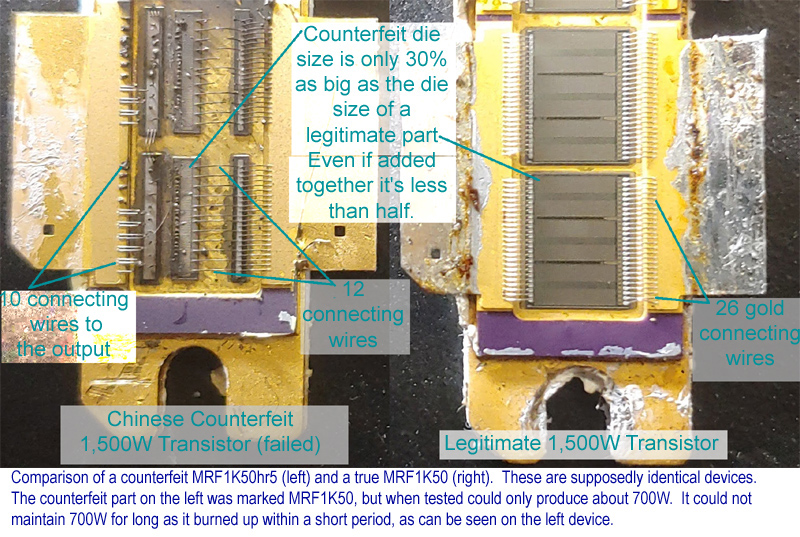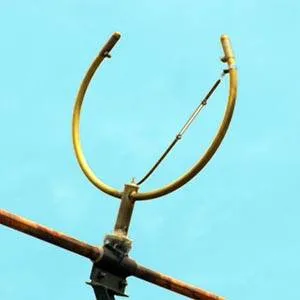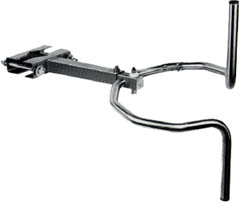FCC Approved FM Transmitters Transmitters are an area of special consideration. Unlike other classes of station, LPFM transmitters are required to be "TYPE CERTIFIED" by FCC rule § 73.1660(a). A relatively small number of transmitters are FCC "Type Certified". Many FM transmitters are either "Type VERIFIED" or have no official testing whatsoever. All transmitters, other than Type Certified transmitters are absolutely illegal for an LPFM station to use. What's all this about and why is it important? Type certification means that the transmitter has been tested, usually by both the manufacturer and by an independent FCC testing lab, and found to not cause interference when used in the service that it has been tested in. Additionally, the results of the testing have been submitted to the FCC and the FCC has issued a type certification number for that transmitter. Only transmitters that bear an FCC registration number are considered type certified. A type certified transmitter is supposed to be designed not to cause interference when operated normally. This type certification requirement is the FCC's way to make sure that an LPFM licensee won't get stuck with junk that will cause interference to other services. THERE ARE A LOT OF UNCERTIFIED JUNK TRANSMITTERS ON THE MARKET, EVEN THOUGH THEY ARE ILLEGAL. What's the difference between "Type Certified" and other similar devices, like "Type Verified" or "Type Approved"? Basically, the difference is that type certified units have been reviewed and approved by the FCC itself. Other transmitter, like the Type Verified units have been tested by the manufacturer and shown to not cause interference, but this testing information has not been reviewed or approved by the FCC. Type verified transmitters are legal for all services, except LPFM. Our own transmitter line contains a Type Certified transmitter, the FM300ES, but our higher powered transmitters are Type Verified because there's no reason why an LPFM station needs more than 300W. The FCC strictly enforces the Type Certification rule as one unfortunate LPFM station found out. The type certification protects the LPFM operator if there is interference. If interference occurs where a type certified transmitter is NOT used, the FCC holds the LPFM station responsible for that interference. When a type certified transmitter is used, the FCC presumes that the LPFM licensee is innocent of wrong doing. Even if no interference occurs, an LPFM station using an un-certified transmitter can face significant fines that are far greater that the cost of buying a certified transmitter in the first place. How do I know that my transmitter is type certified? First, a type certified transmitter has to have a permanent label attached bearing the FCC certification number. Even if the transmitter's manufacturer says it is FCC certified for LPFM use, unless the transmitter is appropriately labelled, it's not legal. Second, the transmitter certification has to be in FCC part 73, not in part 15. Part 73 embodies the licensed broadcast service. Part 15 applies to micro-power unlicensed broadcasting. So, you found a great deal on eBay, Amazon, etc. Why not buy it? There are at least two main problems with uncertified transmitters: 1. Legality. As we've already mentioned, transmitters that don't bear a proper FCC certification number are illegal to use and can get the unwary LPFM licensee in a lot of expensive trouble. On thing to keep in mind is that most FCC part 73 type certified FM transmitters are made in North America. A few are made in various European countries such as Italy, Spain and the United Kingdom (England). As of this writing, there are no FCC Type Certified transmitters made in Asia, Africa, Australia or South/Central America. Commonly found online brand names like Warner, FM User, CZH, CZE, YXHT, Giant Communication (Alpha), Elite/Elit, RS Radio, Axon and others are not only uncertified, most of them perform too poorly to ever be certified. This brings us to the second issue. 2. Quality. Besides uncertified transmitters being illegal in the USA, most are also of varying and unpredictable quality. Many do not make the power displayed on the front panel. You might think you're getting 500W when in fact the transmitter is incapable of putting out even 200W. Some of these Chinese wonders use sub $5 consumer grade chips to generate the RF signal (this is called the exciter). These consumer grade chips were never meant to be used in high powered transmitters. While fine for micro-powered Fm modulators, the quality is rather poor and they drift frequency because they don't have an AFC lock, as required by the rules. We've also noticed that a lot of these so-called transmitters have little or no output filtering. Without an effective low pass filter, these units are very likely to interfere with other services, such as the aircraft band which is immediately adjacent to the FM broadcast band. |
Case Study: 1kW Transmitter from Asia vs CW Broadcast 1kW Transmitter |
|||
| The transmitter shown below was
taken from a popular overseas manufacturer of uncertified
transmitters. This transmitter is supposed to be
rated at 1,000W. We can see that the DC power supply
appears to be adequate. The main RF output amplifier
is a typical design for a 1kW unit, but there are a few
items of concern: First, the output transistor form
factor differs slightly from standard 1kW to 2kW
transistors. This particular device may either be
rated in the 350 to 600W range or it may be a Chinese
attempted reproduction of a higher powered
transistor.
It looks a little bit like the STAC2942, a common 350W
transistor. Second, the output low pass filter is VERY
small for the power that they claim this transmitter
makes. The LPF appears to be adequate for under
200W. At 1kW, this LPF would run extremely hot and
be prone to arcing. The trace for the directional
coupler is also pretty thin for the amount of power
supposedly being put out. It appears that every
possible corner has been cut. We cannot see the exciter here, but it appears that the exciter and main controller are on the front panel. The exciter might be hidden in another box, but, the cable routing suggests that it's on the front panel. If so, it's almost certainly one of those $5 consumer grade chips with a few RF amplifier chips following. if this transmitter operates at all, it will have a short life and likely cause interference, too. What will you do when one of these foreign-made wonders blows up? Will you ship it back to China for costly repairs? |
|||
|










